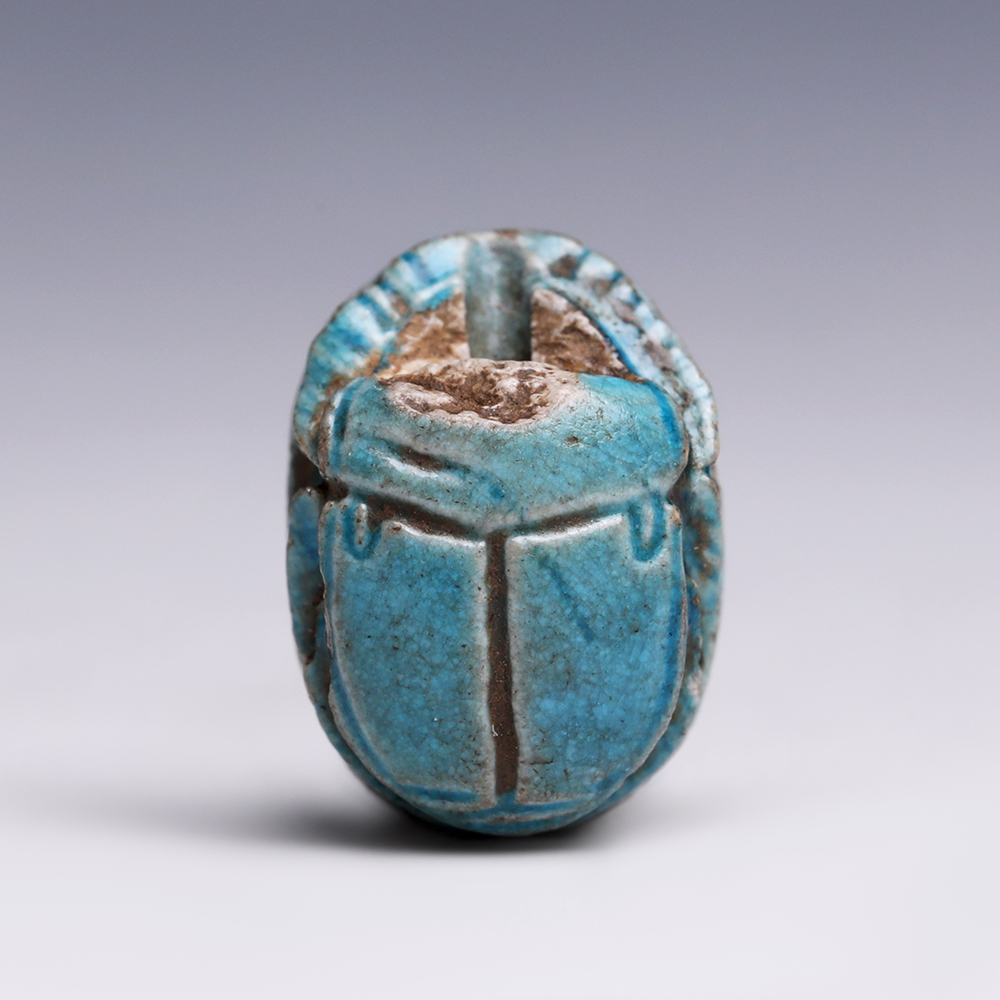Uncategorized
Lighting the Way
Jewellery in the Ancient World
Jewellery is a constant presence in human societies, showing a near universal obsession with adornment tracing back to prehistory. Currently, the archaeological record’s oldest example of a piece of jewellery comes from what is now Morocco – a necklace made from fishbones, estimated to be approximately 25,000 years old. However, evidence of ornamental beads goes […]

Totally Buggin’! The Sacred Scarab Beetles of Ancient Egypt
The ancient Egyptian scarab is a artistic symbol representing a creature indigenous to Egypt that famously rolls balls of dung in which it lay eggs. The Egyptians observed this bizarre process and believed it emulated the way in which the sun travels across the sky during the day. The scarab beetle was therefore a symbol […]
